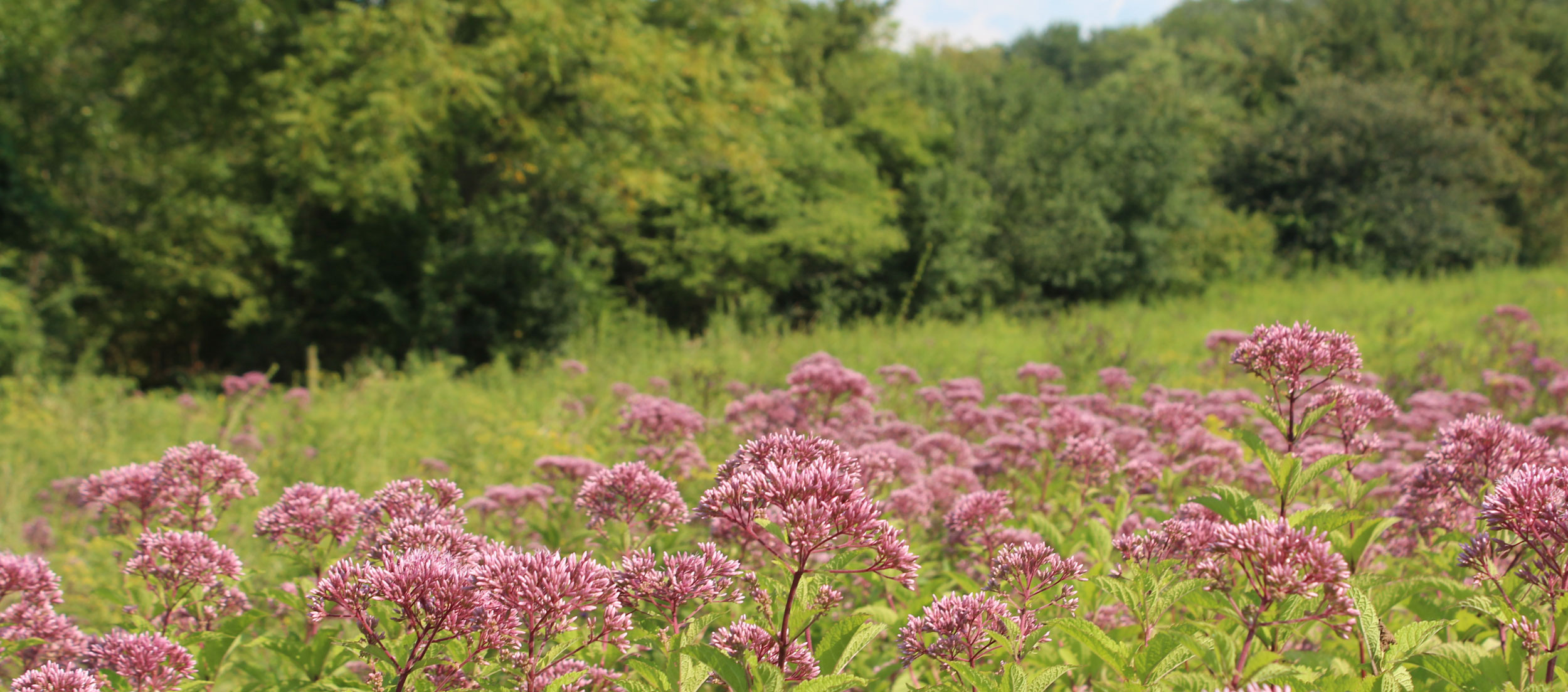
ASHBRIDGE PRESERVE | INFORMATION & MAP
Address: 1691 East Strasburg Road, West Chester, PA
Hours: Sunrise to Sunset
Map: Click here for a downloadable map of Ashbridge Preserve.
This 55-acre Preserve hosts a mosaic of early and mid-successional woodlands, old fields, wetlands, and wet meadows.
A segment of Ridley Creek runs through the center of the Preserve. Two stepping-stone stream crossings and numerous wooden bog bridges lead visitors through the Preserve, allowing you to explore these areas and the wildlife that live here.
In the spring, skunk cabbage, mayapples, and ferns make their appearance in the understory of the woodland, while ironweed, Joe Pye weed, and milkweed burst into full bloom during the summer.
These diverse habitats boast nearly 300 different plant species and are home to a wide range of wildlife including many varieties of birds, reptiles, amphibians, fish, and mammals.
ASHBRIDGE PRESERVE RULES
- Preserve hours are from sunrise to sunset.
- Leashed dogs are permitted. Please clean up after your pet.
- Bikes, ATVs, and other motorized vehicles are prohibited.
- No fishing, hunting, or trapping allowed.
- Please stay on trails. Wandering from trails can disturb wildlife, destroy habitat, and contribute to streambank erosion.
- Leave no trace. Bring all trash with you when you leave. Please help us keep Ashbridge beautiful.
ASHBRIDGE PRESERVE POINTS OF INTEREST
- Two stepping-stone stream crossings and numerous bog bridges assist visitors in traversing trails in this wet woodland.
- These woodlands feature beech, tulip poplar, black walnut, shagbark hickory, hawthorn, ash, ironwood, and a variety of oak tree species. Groundcovers such as skunk cabbage, Solomon’s seal, trout lily, mayapple, and over ten species of ferns can be found within the Preserve.
- Several acres of native wildflowers and grasses are located within the pipeline easement that stretches north to south across the entire Preserve, providing excellent habitat for pollinators.
- A ¾-mile segment of Ridley Creek, 3,000 feet of tributaries, and associated wetlands can be found here.
- Two streamside buffer restoration projects have been planted in the northern and southern ends of the Preserve to improve water quality in Ridley Creek. Restoration started in 2008 at the southern end of the Preserve with the planting of 125 native trees. An additional 60 native trees and shrubs were added in 2023. At the northern end of the Preserve, the Watershed Protection Program has planted nearly 1,500 trees and shrubs of 53 different native species since 2018. Healthy riparian buffers benefit streams by stabilizing streambanks from erosion, shading and cooling streams, and feeding insects, birds, and other wildlife

